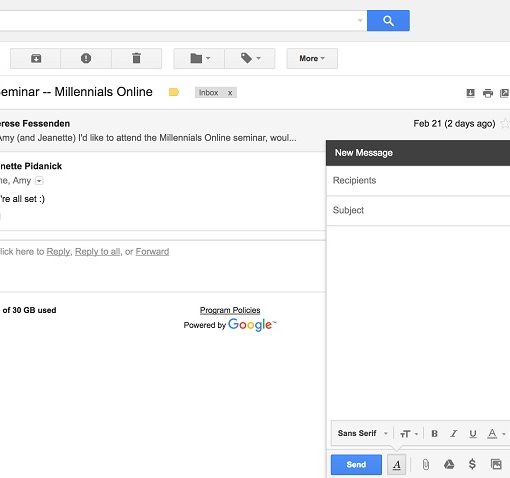Last weekend, I read this wonderful article titled, Yes, websites really are starting to look more similar. It highlighted the same observations that I have been making about most websites. All of them, in some way or another, are starting to look the same.
In my line of work, most of the websites that I get to interact with are line-of-business web applications used predominantly in large enterprises. Those applications all have the same set of page layouts, components, and features. This is made worse when you realize that a high number of internal web projects use Bootstrap as their foundational UI framework. So, yeah, they all mostly look the same.
Website standardization is good for developers because it brings about a way to consistently deliver web UI components. Developers will know exactly which base controls and elements to use to craft more complex components. Having a restricted set of web elements allows designers to focus on a consistent experience across every interaction. After all, artists need restrictions to produce their best work. And, indirectly, Engineering and Product leaders benefit from shipping products faster with higher quality.
Artists need restrictions to produce their best work.
Guillermo Arellano, The Nomad Programmer
My designer friends will say that having standard-looking websites is bad for creative agencies and innovation. Unlike some of them, I feel their career prospects will be just fine. There will always be a need for extremely creative individuals to build awe-inspiring portals of information on the web. I liken it to architects nowadays who have to design a building. Most of them will work on boring commercial architecture but some of them will get the opportunity to create something spectacular like Apple Park. There will still be plenty of opportunities to create something amazing. You don’t believe me? Check this website out. …Mind. Blown.


